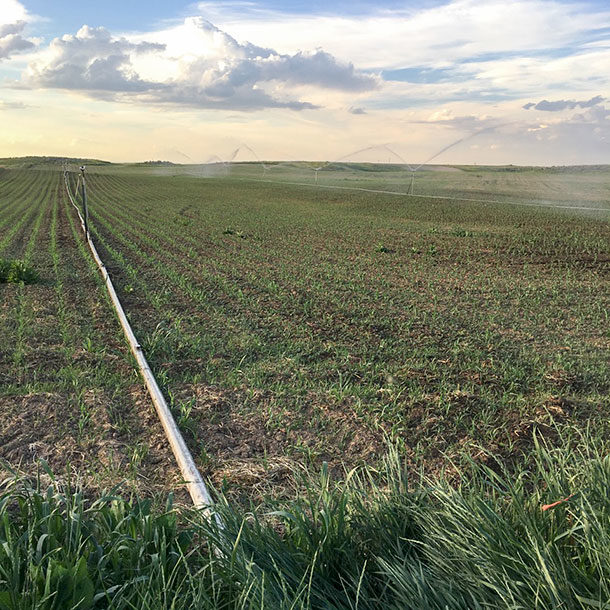After graduating from college, I worked for the local Farm Credit Association, which is when I started “plowing with a pencil.” I filled my steno pads with notes like these:
1,200 cows x 75 lbs milk x 305 days x $17/cwt
80 acres silage corn x 28/tons/acre x $30/ton
These numbers started my projection for the financial analysis. Based on the crop plan, historical yields and anticipated prices, the revenue side was completed. To complete expenses, I looked back historically and adjusted if fuel, feed or fertilizer prices changed. The projected income minus the projected expense equaled net farm income. After determining family living expenses and subtracting out income taxes, the cash the farm had to service their debt was left. This number was my ultimate goal.
On average, this process took me about an hour – more for a complicated account, less for a smaller one. In this hour I quantified the dollar value of a year of hard, backbreaking work. It takes the farmer a year to do the work and me an hour to value it. In this way, my plow was a pencil. And, I thought, a mighty good one.
This spring I quit my job to stay home with my two girls and help on our newly purchased farm. When putting together our farm plan, I did what I do best – I farmed from my desk. The section with the big irrigation pivot would grow corn silage. A local dairy agreed to purchase the silage; a farmer was lined up to plant it; and we purchased fertilizer. We were in business. To say we were excited would be an understatement. Our job was to keep the corn wet for the next four months, a job that proved to be a momentous task.
For the first three weeks in June, my husband, Craig, worked at his real job from about 6 a.m. to 2 p.m.; then from 2 p.m. to 10 p.m., he farmed. The trouble was getting the pivot corners laid out in solid-set irrigation lines. Of course, our rocky field is not flat, so the process had to be redone several times until the water coverage was just right.
After the first week, my excitement began to temper, and I thought we had bitten off more than we could chew. Our little ones proved to be much better farm girls than me. On one occasion, my youngest was on my hip while opening up the main irrigation line. The gasket was cracked on this opener, so with every crank I got a face full of water. The baby on my hip laughed, while I was near tears. Craig told me a hundred times, “Don’t worry; it will get better.” After the third week, I only half believed him. The crowning characteristic of a farmer must be optimism. I made a pretty pathetic one.
Craig was right – it did get better. One evening right before dusk, we turned the water on the corners. Our corn was up a couple inches; the lines were straight as pencils; and there wasn’t a plugged sprinkler in sight. With the familiar click-click of the sprinklers in the background, I snapped a picture. In the caption I wrote, “Farming was a heck of a lot easier from my desk, but my computer couldn’t compete with this view.” And that was how I learned that Eisenhower wasn’t just talking about the bureaucrats in Washington; he was also talking about this newly minted farmer. ![]()
Erica Louder is a freelancer based in Idaho.
PHOTO: “Farming was a heck of a lot easier from my desk, but my computer couldn’t compete with this view.” Photo by Erica Louder.











